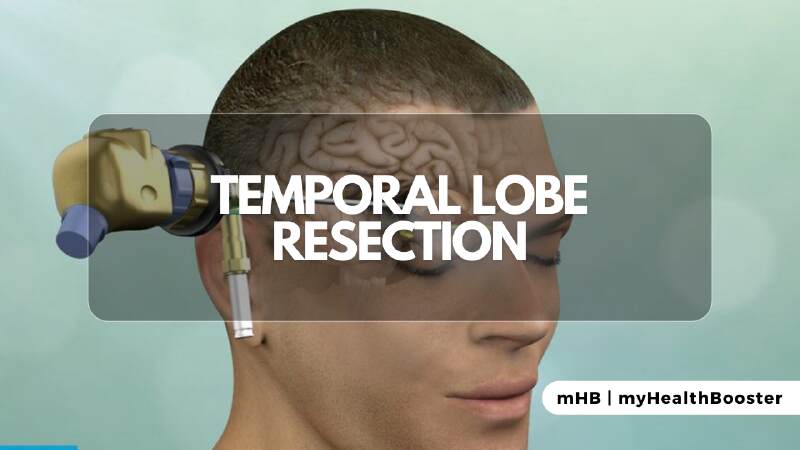The cerebrum, the brain’s largest part, is divided into four paired sections, each governing specific activities. The temporal lobe, vital for hearing, language, and memory, can be affected by epilepsy, particularly temporal lobe epilepsy, prevalent in teens and adults.
What Is Temporal Lobe Resection?
Temporal lobe resection is a surgical intervention targeting seizures in the temporal lobe. This procedure involves removing brain tissue, specifically the anterior and mesial portions, where the seizure focus is located.
Who Is a Candidate for Temporal Lobe Resection?
This surgery is considered for those with disabling seizures unresponsive to medication or when medication side effects significantly impact quality of life. Candidates must be eligible for surgery without causing damage to vital brain functions.
Preparation for Temporal Lobe Resection
Candidates undergo a thorough pre-surgery evaluation, involving seizure monitoring, EEG, MRI, and PET scans. These tests pinpoint the seizure focus and assess the feasibility of surgery.
Procedure
Temporal lobe resection involves a craniotomy to expose the brain. The surgeon removes bone and opens a section of the dura, creating a “window” for specialized instruments. Surgical microscopes aid in magnifying the area, and in some cases, portions are done with the patient awake, allowing them to assist in identifying critical brain areas.
Post-Surgery
Patients typically stay in the hospital for 2-4 days and can resume normal activities in 6-8 weeks. While hair conceals the incision, most patients need continued anti-seizure medication for two or more years, with potential reductions as seizure control is established.
Temporal Lobe Resection Effectiveness
Temporal lobe resection successfully reduces or eliminates seizures in 70% to 90% of patients.
Side Effects
Temporary symptoms like scalp numbness, nausea, fatigue, headaches, and difficulty speaking or remembering may occur. Auras, signaling the start of a seizure, may persist.
Risks
Low complication rates, including surgery-related risks, failure to relieve seizures, changes in personality, or mental abilities. Pain, infection, bleeding, and allergic reactions to anesthesia are possible.
Summary
Temporal lobe resection is a valuable option for managing epilepsy when seizures persist despite medication. While it comes with potential side effects and risks, the procedure has proven effective in significantly improving the quality of life for many individuals with temporal lobe epilepsy.
